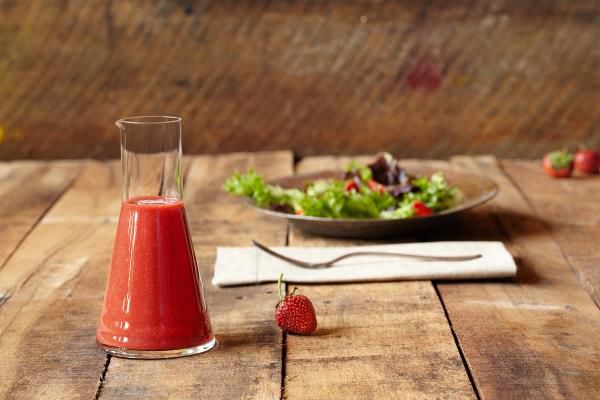(StatePoint) Nearly 50 percent of fresh fruits and 20 percent of fresh vegetables in the US are imported, according to FoodSafety.gov. This means that your food traveled long distances to get to your plate. To better enjoy fruits and vegetables, many families are now growing their own at home.
Want to know exactly where your food is coming from and have the freshest possible flavors within arm’s reach? Bring “farm-to-table” dining into your everyday life by creating your own garden. Follow these tips to grow and harvest fruits, veggies and herbs at peak ripeness to enjoy in simple, healthful meals.
Room to Grow
When starting a garden, it’s important to have a plan. Find a spacious area with plenty of sunlight to help plants take root and flourish — whether that’s in your backyard or a nearby community garden. For cooler climates, raised garden beds are highly recommended. These allow fruits and vegetables the space needed to expand their roots and hold in water. For hot, arid climates, create an in-ground garden, as it holds in moisture better, requiring less irrigation.
Selecting what to grow is your next challenge. Herb gardens are perfect for those with limited experience or limited space. Herbs like basil, cilantro and chives are easy to maintain. Most herbs can withstand changing climates, meaning you can cook with fresh herbs year-round, adding them to nearly any meal to increase depths of flavor and allow you to “play” with your food.
Farm with Flavor
Having access to a variety of fresh produce lets you expand your menu at home while keeping it healthy. Many items found in simple salads, like carrots, tomatoes, radishes, lettuce and other leafy greens are considered “beginner crops.” Certain berries are also easy to cultivate. If you’ve ever tasted a ripe, just-picked strawberry or a fresh, juicy tomato, you’ll know that it’s worth the effort to grow these items yourself!
Mix it Up
Having a high-quality blender, like the Vitamix A3500, can make transforming your harvest into vibrant meals easy. Vitamix machines can be used to chop, purée or juice any ingredients that may come from your budding garden.
Put new spins on old family recipes. Next time your kids ask for spaghetti and meatballs, try Spaghetti with Roasted Vegetable Sauce. Made with fresh, garden ingredients, including Roma tomatoes, carrots and fresh basil leaves, this robust sauce will become a staple in your weekly meal rotation. You might even want to try it on top of spaghetti squash or zucchini noodles to take advantage of more nutritious, fresh-grown produce. Try something new and create Sweet Potato Soup with Seared Tomatillos using fresh jalapenos, poblanos and tomatillos from your garden. Or dress up a less-than-exciting salad with a brightly flavored Strawberry Vinaigrette, using fresh strawberries and herbs.
Growing greens (plus reds, yellows, oranges, purples and blues) gives you peace of mind in knowing exactly where your meals come from, and the pride of nurturing something wholesome.

